Soon after the acquisition, the company began to expand and diversify the product range and moved into the manufacture of surgical instruments as well as later offering a wide range of other medical and pharmaceutical products. In 1826, George's son John was made a partner and the company changed its name to George Maw & Son. When George retired in 1828, his second son, Solomon, also joined the company as a fellow director. John was forced to retire early in 1835 due to ill health and Solomon took over; under his sole stewardship, the company went from strength to strength. Maw's were very soon winning many government contracts for supply of their products, including from the military.
The company soon outgrew its original site in Whitecross Street and moved to larger premises in Aldersgate Street, also in EC1 (now part of the A1, next to the Barbican). This, however, had to be completely rebuilt following a fire on the site in 1856. The company was again renamed in 1860 to S. Maw & Son, following Solomon's son Charles being brought in as a partner. In 1901, the firm was incorporated with the name of S. Maw, Son & Sons Ltd.
The ongoing expansion was such that, in 1920, the company purchased a 22-acre site in Barnet, to where it relocated the bulk of its manufacturing capability.
The images below are of an un-issued medical kit produced by S.Maw, Son & Sons Ltd shortly before the outbreak of World War 2, at their Barnet site for use by the ARP in the event of aerial attack. The kit was intended to be issued to a medical squad and as such, contains everything that might be required. We have not photographed each and every item contained within as there are, understandably, a number of duplications in terms of bandages, etc.

The main bag of the medical kit. This contains the majority of the items.
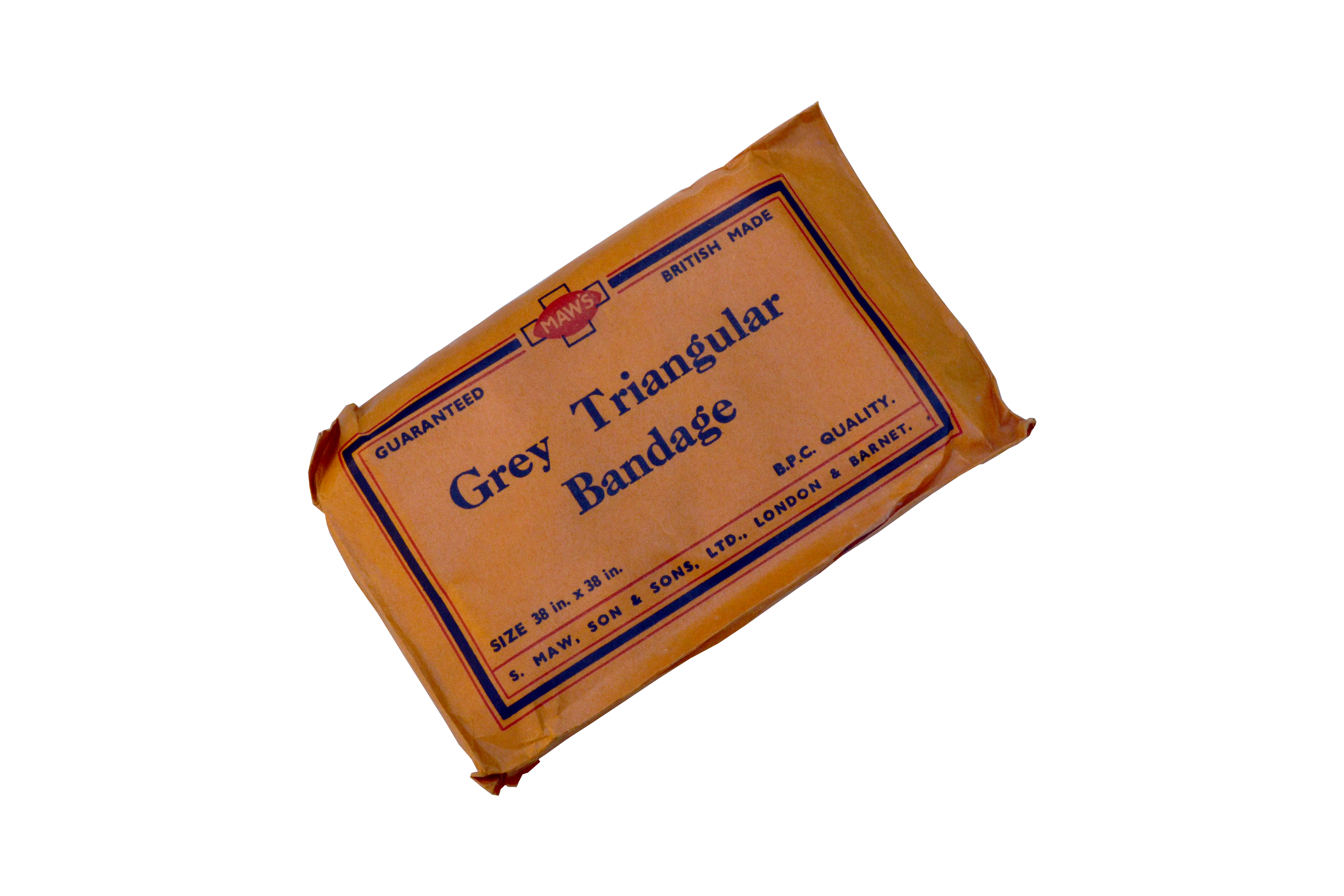

Sterilised Wash Rag. Used for the cleaning of wounds.


Medium Sterilized Dressing. This again could be used for direct application to the wound.
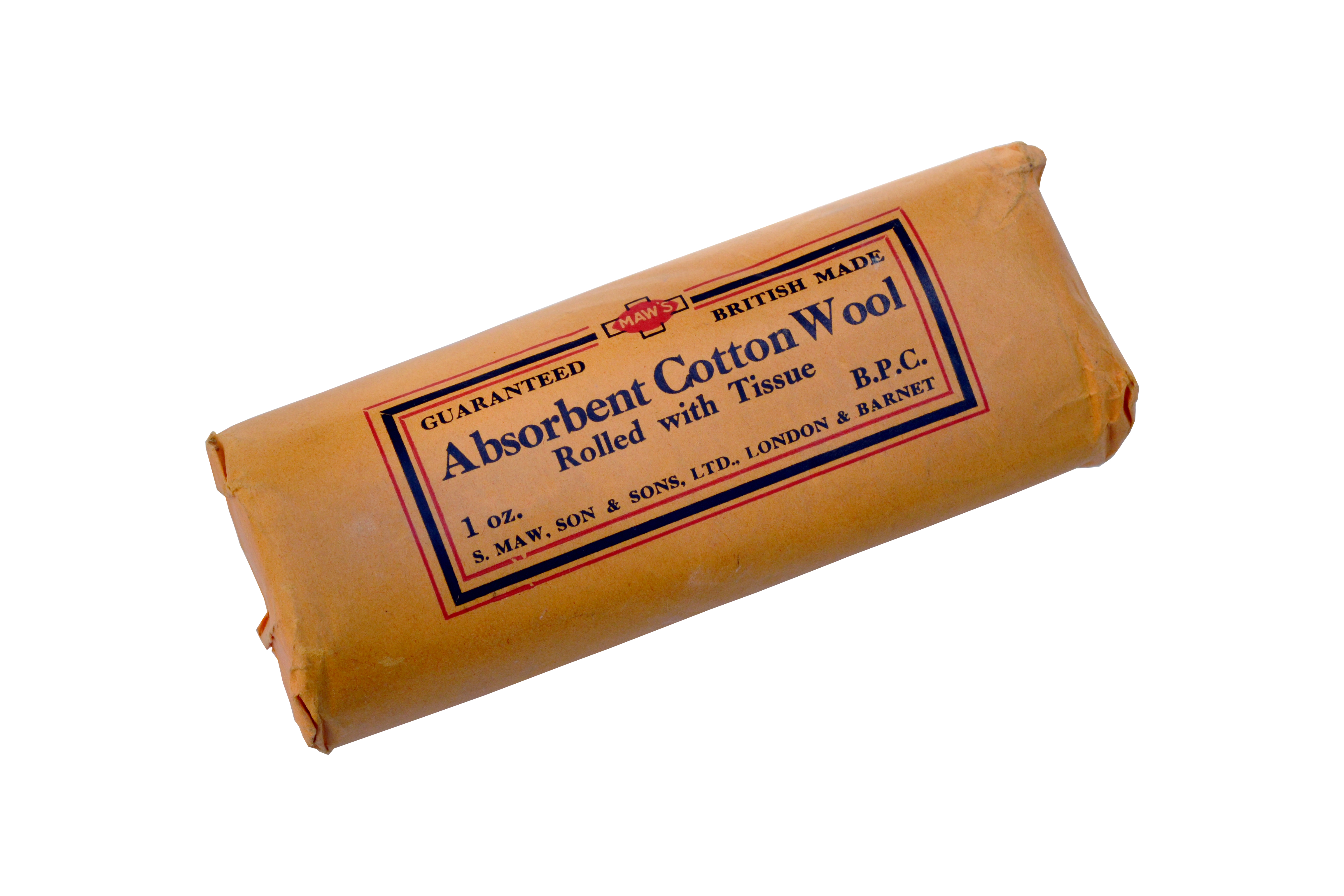

Safety pins. These remain on their original issue card. Used for securing bandages, especially where being used for support (for example an arm)
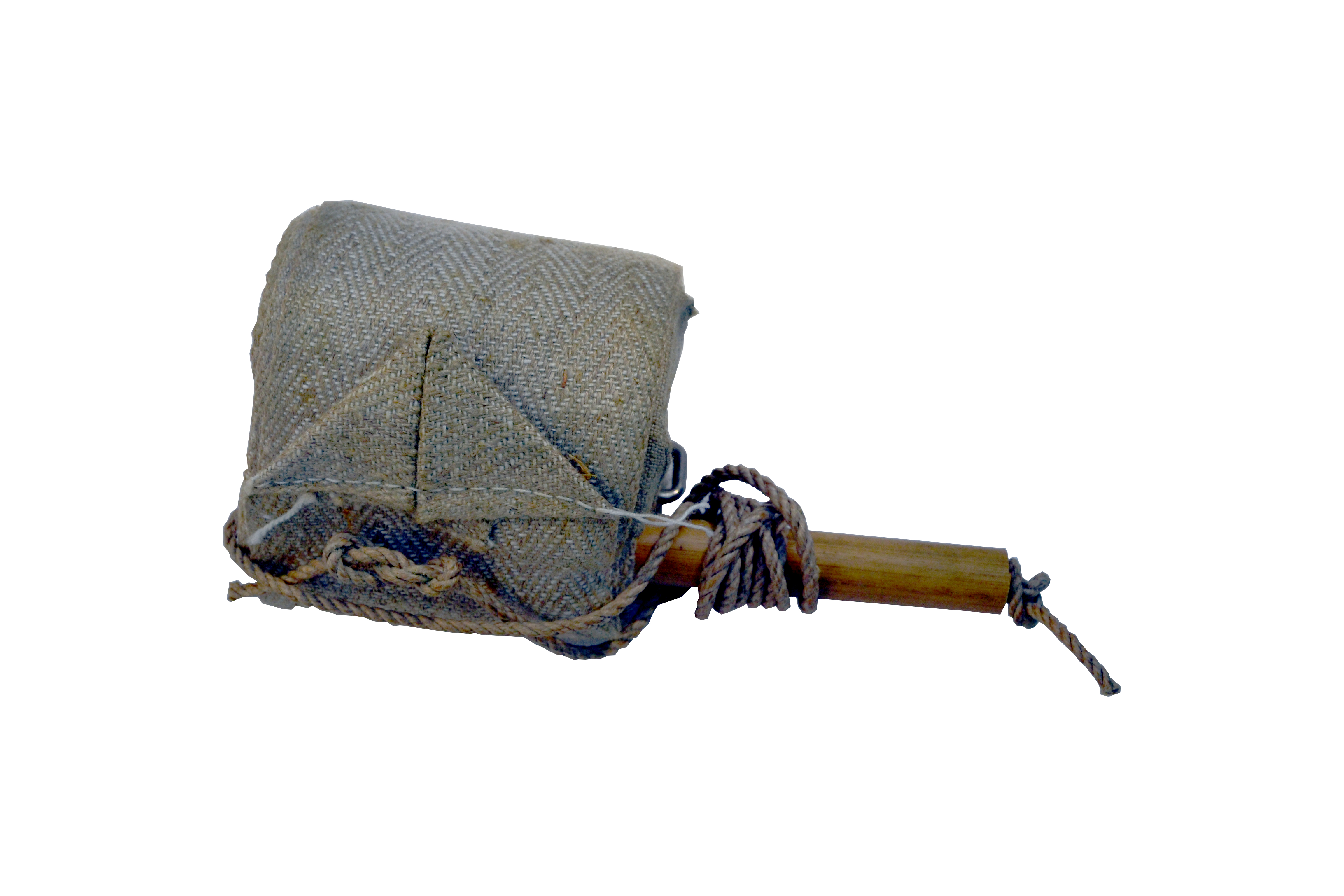
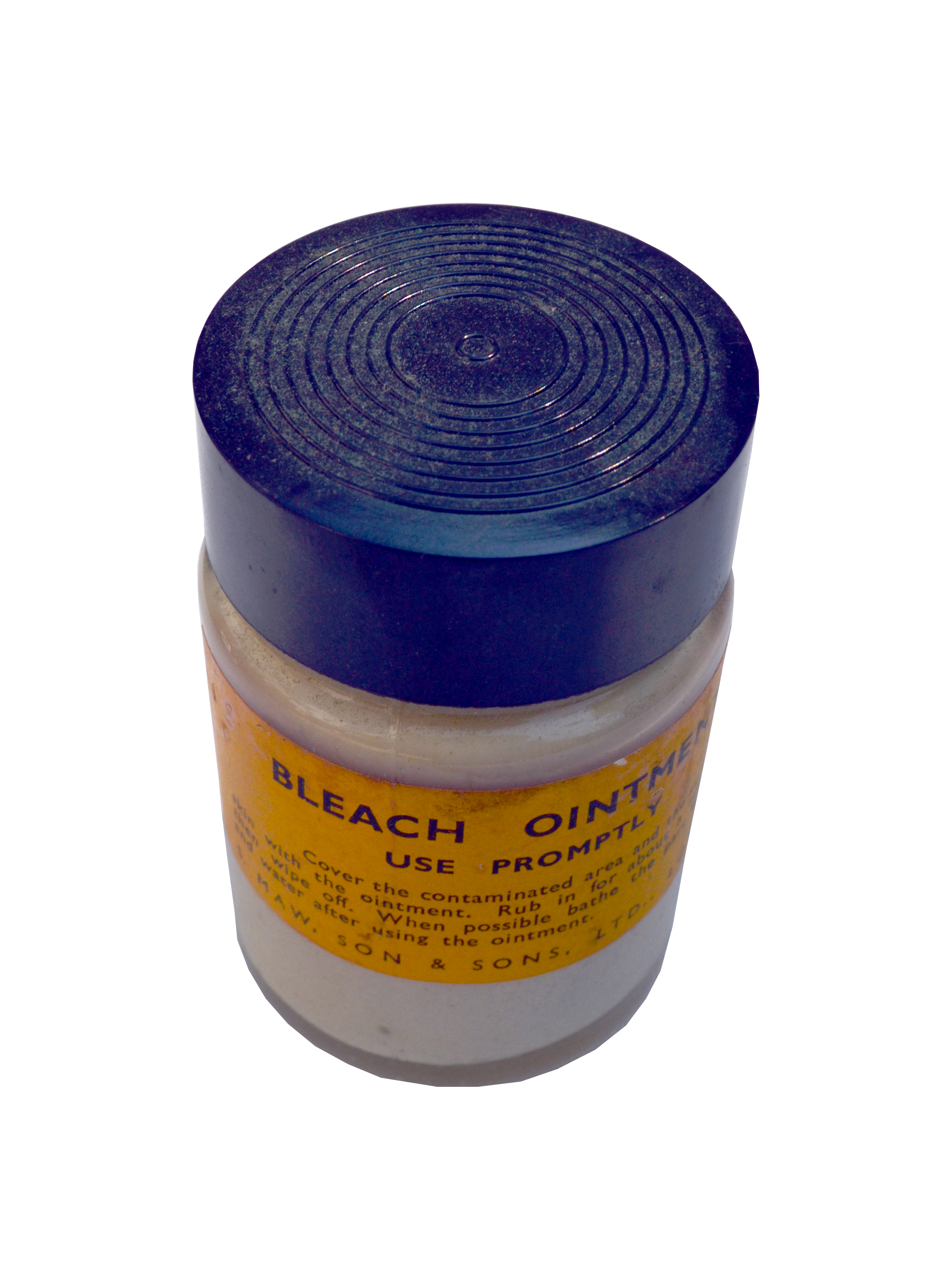
Jar of Bleach Ointment. Gas was a potential new threat in World War 2 and so bleach (both powdered and in paste form) was supplied in order to decontaminate skin which had been in contact with gas.
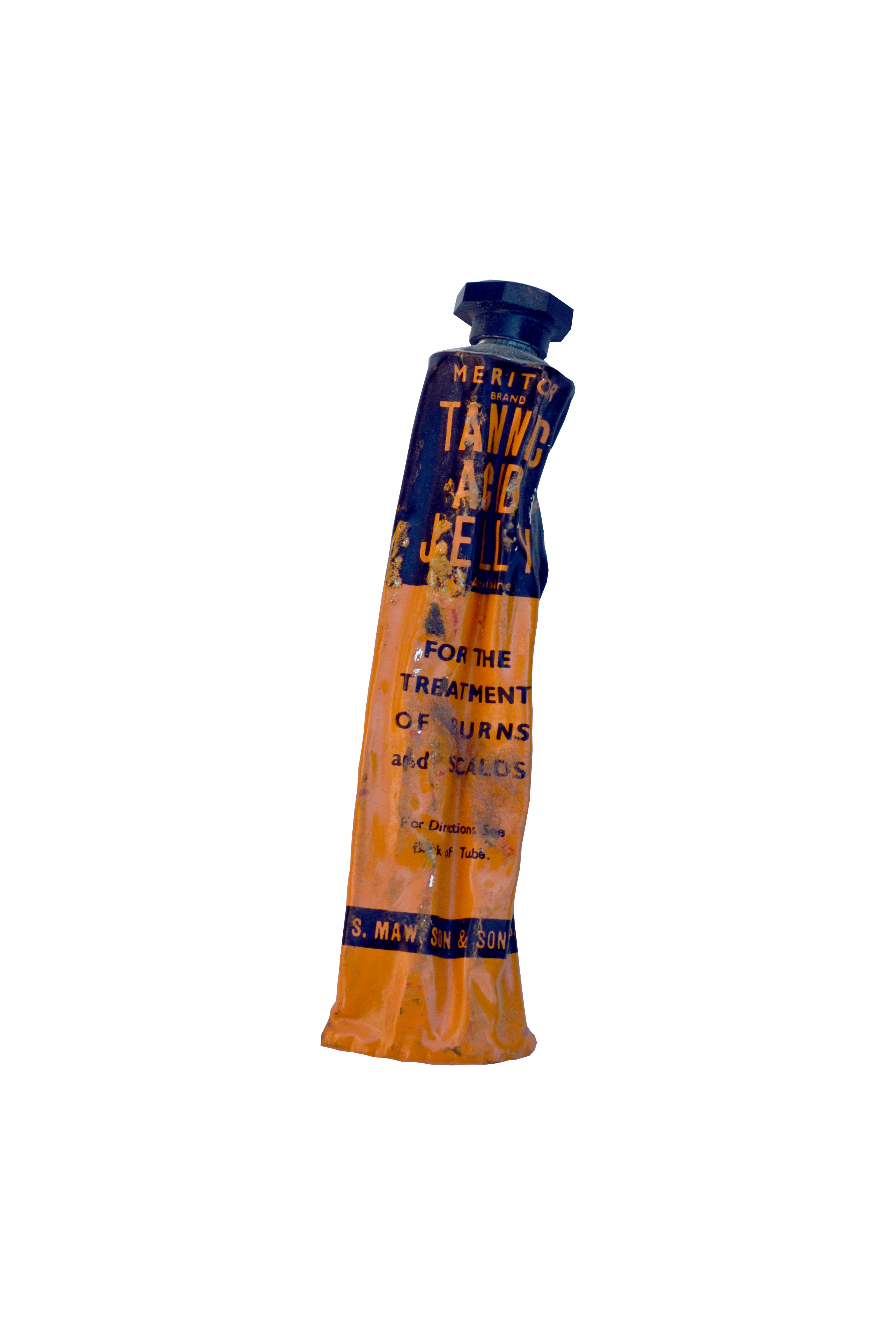
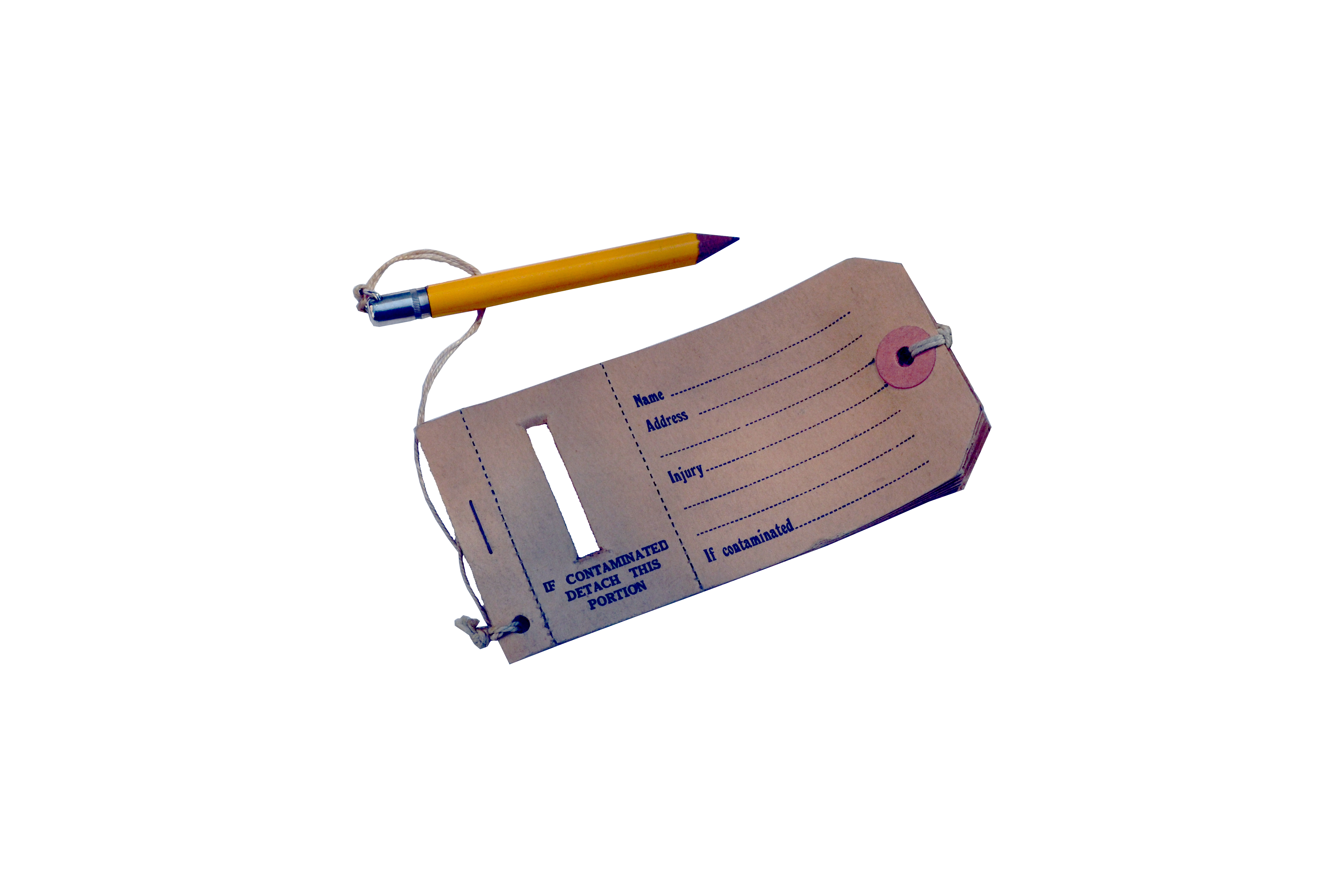
Patient labels. These were intended to be used in order to identify the wounded when they were transferred onwards from the initial scene. It is important to remember that the ARP would be providing First Aid (primary treatment) and not the only means of medical care. As such, it was important to be able to identify the exact nature of the wounds, especially if the patient was rendered unconscious or unable, for whatever reason, to communicate the nature of their injury. The section containing the oblong hole indicated if the patient had come into contact with gas; this would alert the next medical team to the potential danger of contamination.
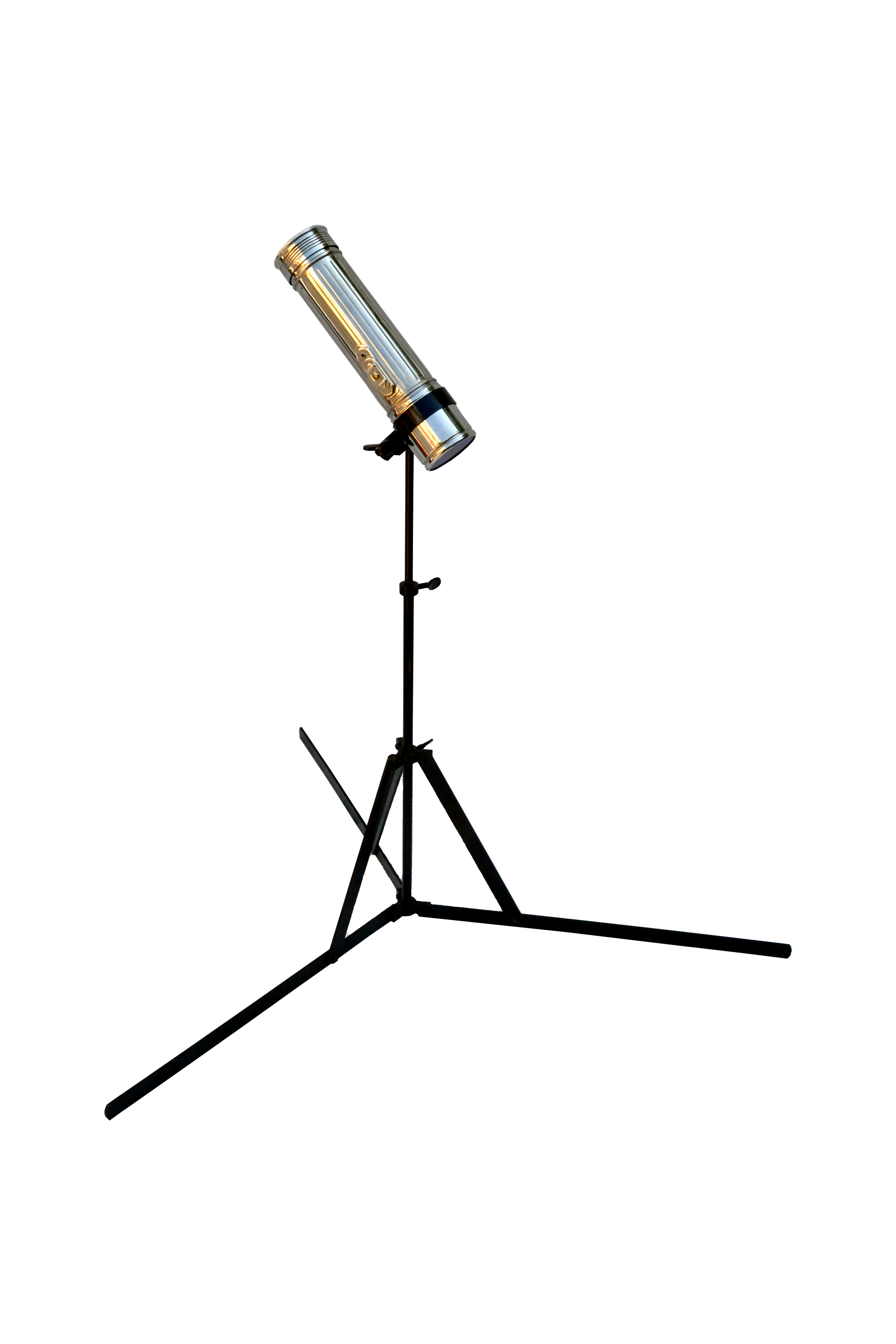
Back
To return to the main British Home Front page, click here.
